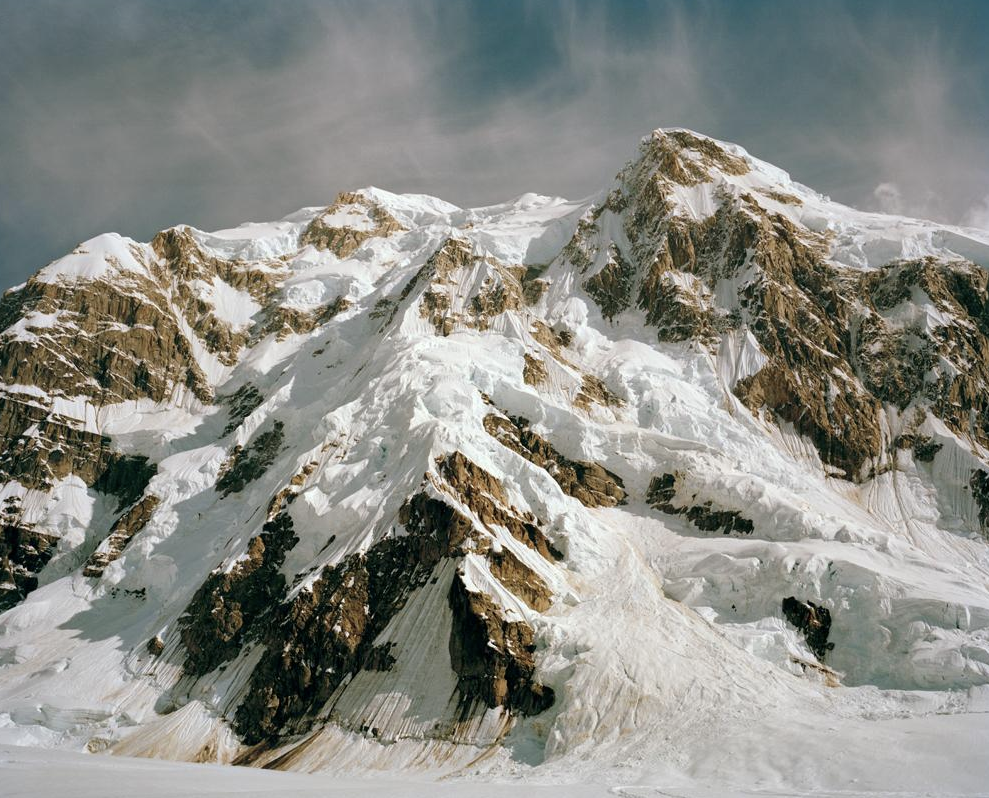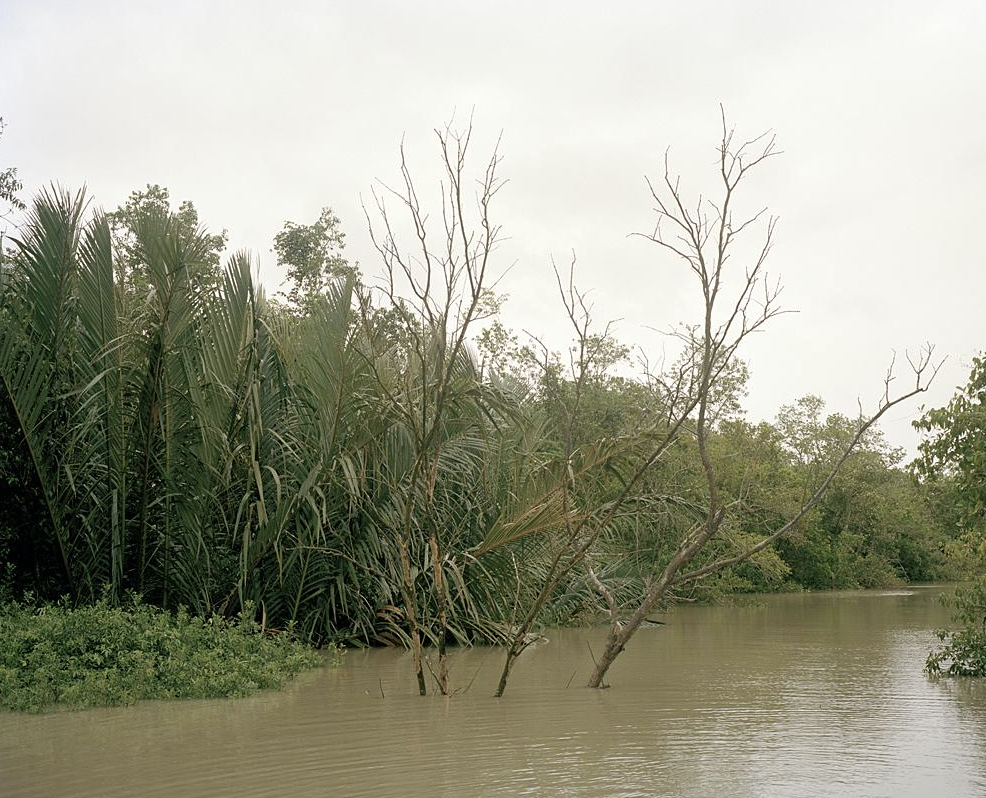
Artist Talk: Environmental photographer Jongsung Paul Choe visits PCA&D
Monday, February 17th, 2025
When Jongsung Paul Choe picks up his camera, he’s aiming to do more than create an image. He’s telling a story.
“I try to tell a story that tells about beauty and problems facing nature in poetic ways,” the South Korea-based photographer says. “A (photograph) is like a poem.
“Nature is fighting and struggling with itself, and challenged with problems such as climate changes, deforestation, and biodiversity loss.” Likewise, he said, “We are part of nature and we struggle with everyday life.”
Artist Talk: Jongsung Paul Choe, Thursday, Feb. 20, 12:30 pm, Atrium
Dean of the College of Arts and Professor at Kyungil University, South Korea, Choe didn’t begin his university career studying art: instead, he planned to attend medical school. But taking a photography class “was like meditation,” he said, and he eventually ended up taking photos of larger issues that interested him, issues such as self-examination, emotional conflicts, and self-struggles. While he was staying in the U.S. or in Korea, he said, “I want to show my personal emotions through… larger issues to make them more understandable. I want to express myself and the issues arising through the society.”
We talked with the artist about his work documenting environmental changes, what drew him to photography, and what inspires him today:

Part of the Sundarbans series, courtesy of the artist. jongsungpaulchoe.com.
Some of your well-known work has been completed in Sundarbans (a mangrove forest area that spreads across Bangladesh and India). Since you began photographing there, have you noticed the environmental changes? Have they impacted your work and how you pursue it?
Jongsung Paul Choe: At first, I could not instantly notice the changes and sometimes it is difficult to see the changes. So I devoted about four years for the Sundarbans project and three years for the Alaska project. Through the years I see the changes and try to express the changes by documenting the same places over and over again.
As an artist who turns to the natural world as subject matter, do you see yourself as a documentarian of change? An artist “for art’s sake?” Both?
JPC: I can be both documentarian and artist since I’m a person who is concerned not only about myself, but also about other big issues. However, I feel like it’s a bit far for me to say that I’m a documentarian or an artist. I just try to tell stories through photography instead of a novel, poem, song, etc.
How has your work evolved and changed since you were a student photographer?
JPC: My first photographs were made on the streets of New York City. I did not know much about photography at the time. I just fell in love with street photography, and was inspired (by) great legendary photographers such as Henri Cartier-Bresson, Robert Frank, and Louis Faurer. So I (kept) taking photos over and over without knowing what I was really doing, but I kind of realized that I am trying to reflect myself in the images of New York City.
What drew you to photography as the way of expressing your ideas?
JPC: I am not a good writer nor singer. I am not good at musical instruments although I took piano lessons for several years at an early age. I found photography as my medium to express my ideas. I think a camera is one of the easiest instruments that can be learned in short period of time.
What do you hope to share with the students of PCA&D, whether they are photographers or work in some other medium?
JPC: I would like to tell them as follows:
Don’t worry about how to pay off your student loan or your future mortgage. Always take risks, and just keep on working with full passion. Most importantly, listen to yourself and believe in yourself since nobody thinks more about you than you. This is a great journey while you are in school and you are still young. Furthermore, you also have more than twenty years to stand up again even if you might fall down.
Are there artists who inspire you today?
JPC: Everyday life, students, family, artists’ work I see in galleries, and also music. I am always inspired by the people who I love.
What equipment do you most use — what could you not work without?
JPC: I have used Mamiya 7 film camera for last 15 years. I just use one that is simple to use and easy to use. I think that the equipment does not really matter.
Top photo: Denali (work in progress), Jongsung Paul Choe, courtesy of the artist
